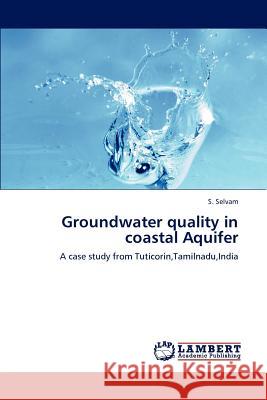Groundwater quality in coastal Aquifer » książka
Groundwater quality in coastal Aquifer
ISBN-13: 9783659212215 / Angielski / Miękka / 2012 / 92 str.
The rapid growth in population in India enhanced the groundwater salinity through excessive consumption of groundwater for agricultural, domestic and industrial purposes due to the lack in surface water sources and high water demand. Moreover, high evaporation and low and erratic rainfall depleted the groundwater level and available groundwater quantity, especially in the coastal areas, and resulted in seawater intrusion.In the present study, a detailed investigation was carried out to evaluate the geochemical processes regulating groundwater quality in coastal aquifers of Tuticorin region. The water samples collected in the field were analyzed for EC, pH, TDS and major cations analyzed in the laboratory using the standard methods given by the APHA. The GIS based groundwater quality mapping in the form of visually communicating contour maps was developed using ArcGIS-9.2. The cation concentration indicate that 83%, 39% and 22% of the K, Na, Ca concentrations exceed the WHO limit. As per Wilcoxs diagram and US Salinity laboratory classification, most of the groundwater samples are not suitable for irrigation due to the presence of high salinity and medium sodium hazard.











